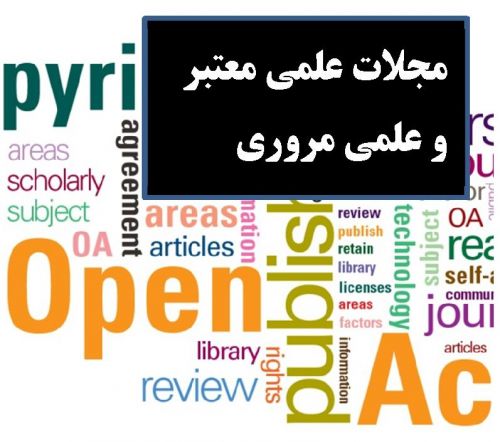The main objectives of this study were to analyze the energy efficiency of broiler production of Mazandaran province in north of Iran based on traditional and modern farms. For these purposes the data envelopment analysis (DEA) approach was applied to the data on energy use in broiler production in individual farms. The results indicated that the percentage of efficient units were founded about 17% and 34% in technical (CCR model) and pure technical (BCC model) for both systems. Also, about 17% of total units of traditional and modern farms had the efficient score fore scale efficiency index. Based on CCR and BCC models of DEA, the average of technical, pure technical and scale efficiency scores of traditional farms was calculated as 0.837, 0.927 and 0.906, respectively; while the modern farms results indicated that technical, pure technical and scale efficiency scores was founded as 0.873, 0.978 and 0.892, respectively. The total saving energy of traditional and modern farms was about 19907 and 6740 MJ 1000 birds-1, respectively. Accordingly, it can be said, comparing to present farms, the total energy requirement of DEA method decreased as 11.16% and 3.57% for traditional and modern farms, respectively. The last part of this research illustrated that diesel fuel, feed and electrical energy had the highest share for total saving energy by the DEA method in both systems of broiler production.
کلید واژگان :Data Envelopment Analysis, Broiler, Energy, Optimization, Technical Efficiency.
ارزش ریالی : 300000 ریال
با پرداخت الکترونیک
